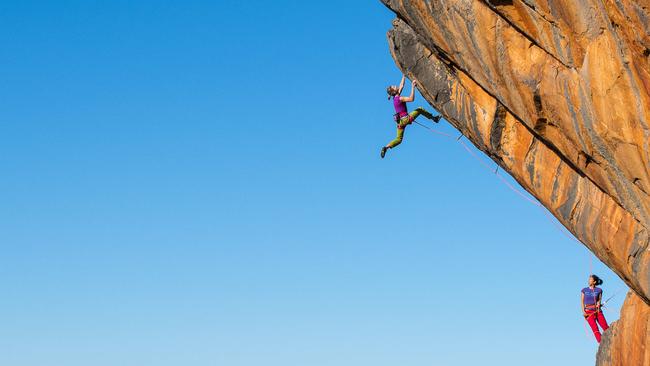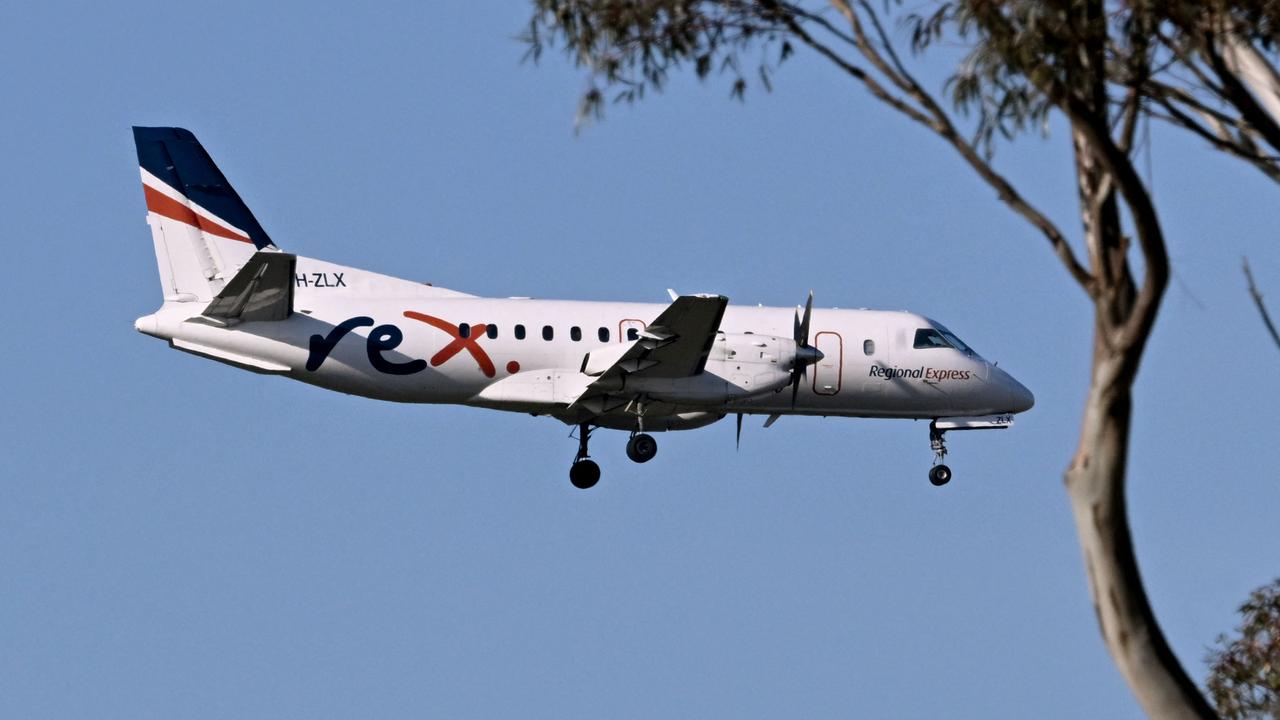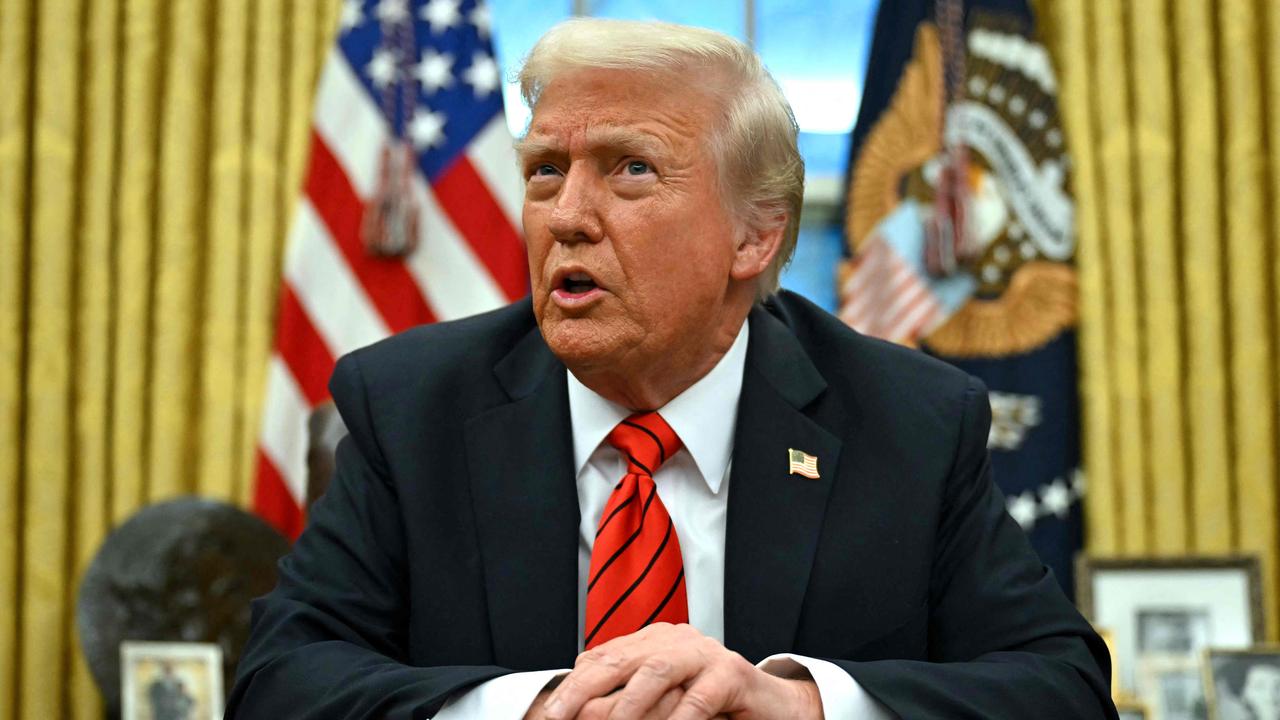Indigenous owners ‘used to kick out climbers’ in Grampians
Australian Climbing Association Victoria spokesman says climbers are focused on legal action over Parks Victoria bans.

Parks Victoria treated the traditional owners of Australia’s largest rock-climbing theatre as “partners’’ and “influencers’’ in the drive to shut down a large part of the sport in western Victoria.
Freedom of Information documents show PV listed the indigenous groups as “partners’’ in the drive to inform the community about plans to close hundreds of square kilometres at the Grampians National Park.
The documents, obtained by climbers, detail the department’s community engagement and communications plan and underline the fact that large parts of the Grampians face being permanently shut to climbing.
The review of the park’s management plan is unlikely to reverse the bans, which climbers estimate cover thousands of routes, block 70 per cent of bouldering and 50 per cent of sport climbing. This is despite the Grampians being of world significance in the sport and the park being open to sports such as four- wheel-driving.
Australian Climbing Association Victoria spokesman Mike Tomkins said climbers were increasingly focused on legal action over the bans.
“We are actually taking the legal approach,’’ he told The Australian. “And we’ve got a very strong case — we are concerned about development in the park. We do see ourselves as wanting to protect the park.’’
PV says that under state law it must have the involvement of indigenous groups and that more than 60 per cent of the Grampians remained open to climbers.
“Both PV and traditional owners have agreed that the increase in visitation and changes in climbing techniques have impacted precious cultural and environmental assets to a level where education and enforcement are necessary to preserve these special areas,’’ a spokeswoman said.
“Under the Parks Victoria Act 2018, a fundamental aspect of park management is that in performing its functions and exercising its powers, PV must have the active involvement of traditional owners in park management through joint management and other management arrangements.’’
Climbers are concerned the decision to fine individuals $1611 for using the wrong areas is being driven by PV reacting to indigenous groups after decades of mismanagement by the government.
The climbing industry is supportive of protecting cultural heritage areas but believes it is being scapegoated by the government as it tries to keep peace with indigenous groups amid moves to create a major new walk along the length of the Grampians.
Victorian Nationals MP Emma Kealy said the government had failed to consult properly with the climbing community and local small businesses that rely on rock climbing in the Grampians. “I’ve been contacted by hundreds of rock climbers who are extremely frustrated and feel that PV have unfairly and inaccurately blamed them for damage to Aboriginal rock art sites and the surrounding environment,’’ she said.
The Grampians National Park is the key site for Aboriginal rock art in Victoria, some of it dating back more than 20,000 years. There are about 200 rock art sites recorded in the park, with five sites open to the public.
The PV communications plan was drafted in February and clearly states plans to install “permanent signage to communicate areas closed to rock climbing’’.
PV concedes that the bans will hurt: “Based on information on popular climbing routes...... we anticipate that the Special Protection Areas will affect around one-quarter of the total climbing areas in the park.’’



